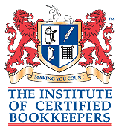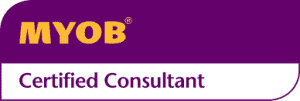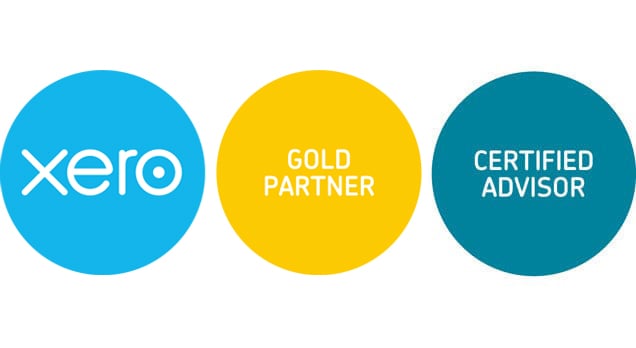5 Top Tips For Creating A Budget That Will Work For You And Your Business
1. Start with your living expenses
A practical place to start the budget process is to review your cost of living. Adding up the annual costs of maintaining your lifestyle or even the annual costs of the lifestyle to which you aspire, will help you to determine what is the minimum amount of wages or income that your business needs to provide for you.
2. Build on your history
If you are using an accounting package (e.g. Xero, MYOB, QuickBooks, etc.), export your historical data to a spreadsheet and build on this. You will be able to increase the existing expense amounts by a certain percentage to account for expected rises in costs such as CPI. The exported data will also identify individual months that you would expect to pay annual expenses such as insurance, motor vehicle registration, filing fees, etc. Other months can remain blank or recorded as zero.
3. Understand how GST works
If you are using figures from your accounting package, be aware that the amounts do not include GST. If your figures are showing a $5000 computer expense, you will have paid out $5500 for this computer purchase at the time.
If your budget results show you need to earn $20,000 in income, be aware that this means you will need to bill out $22,000 in sales invoices – $20,000 in income, and $2000 GST that you are collecting on behalf of the ATO.
4. Consider the costs associated with business growth
If you are building sales targets into your budget, consider what extra costs might be involved in earning this income. You might need to allow for higher marketing costs, more stock, more staff or contractors, etc. Hiring more staff also has associated cost increases such as superannuation and workers compensation.
5. Record your budget into your accounting package
Once you have completed your budget, record it in your accounting package, so that you can review your actual performance against what you expected. Using a budget on a regular basis (e.g. monthly) to help you to measure how your business is performing against your expectations. Operating with a budget will help to identify issues around income and expenses that need attention.
Xero, Quickbooks and MYOB Essentials users should be able to import this budget into their business accounts as a CSV or Excel file.
To receive a free budget tool that starts with a good look at your living costs, and then feeds this into your business budget, please email info@swagbookkeeping.com.au and put Free Budget Tool in the subject line.




